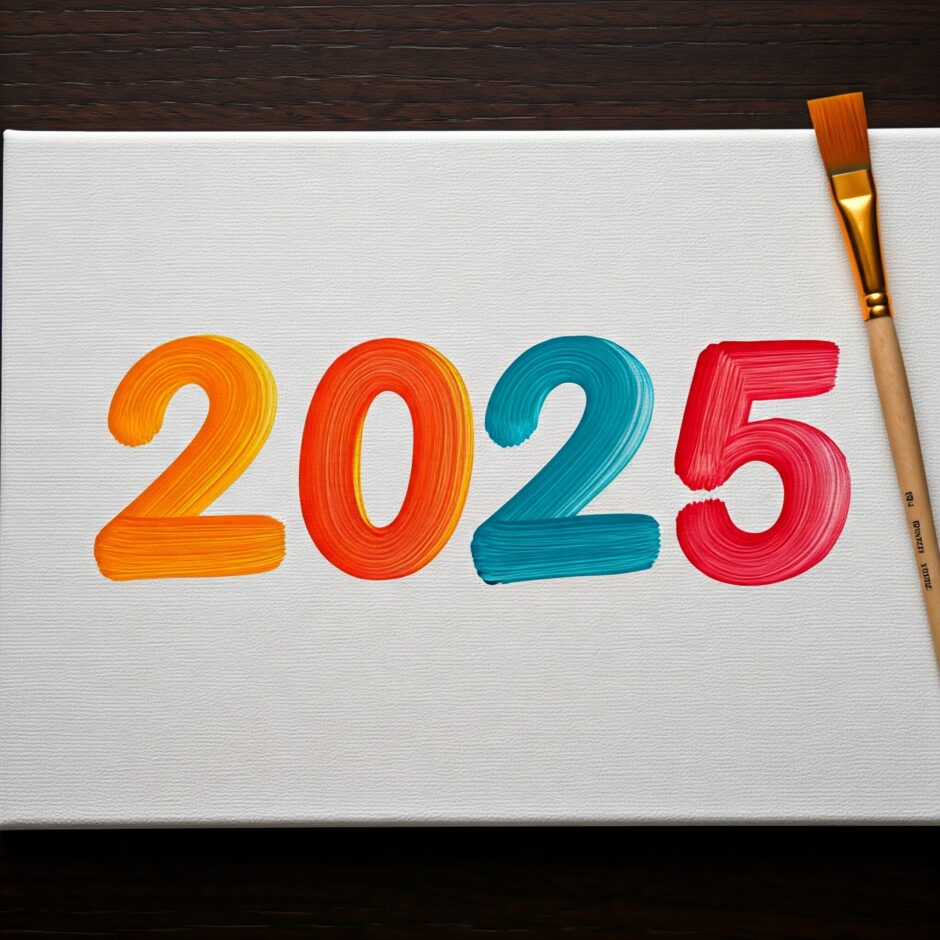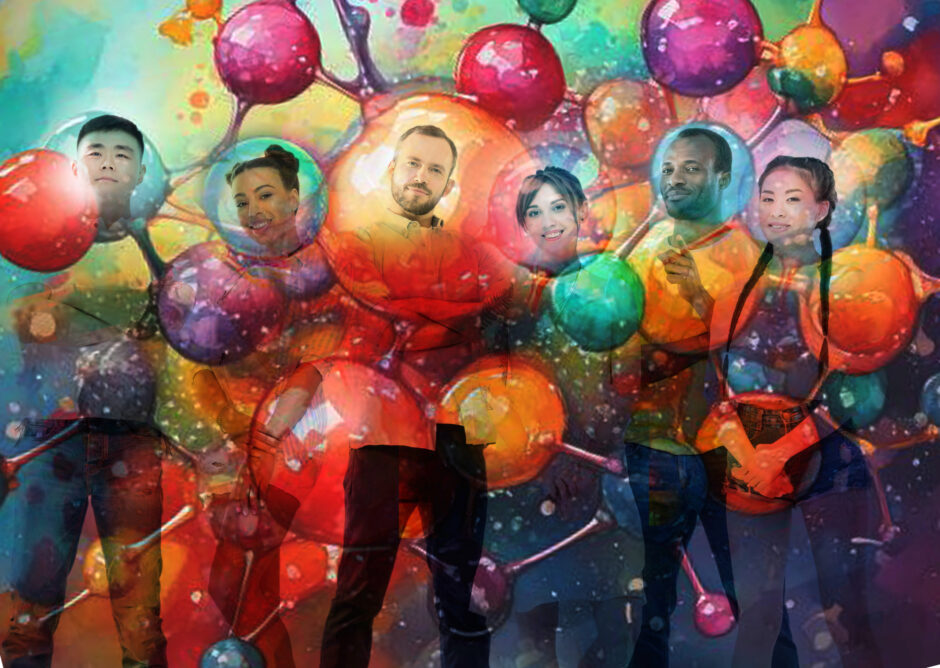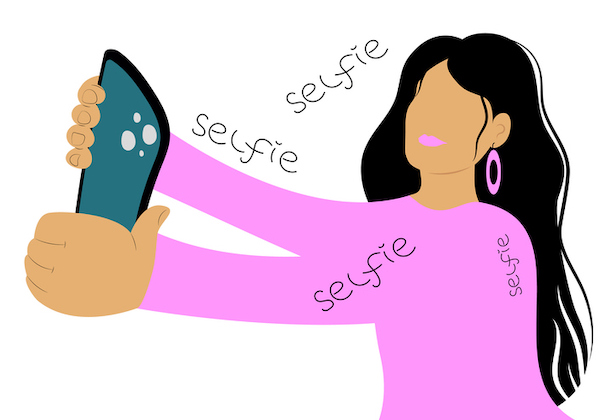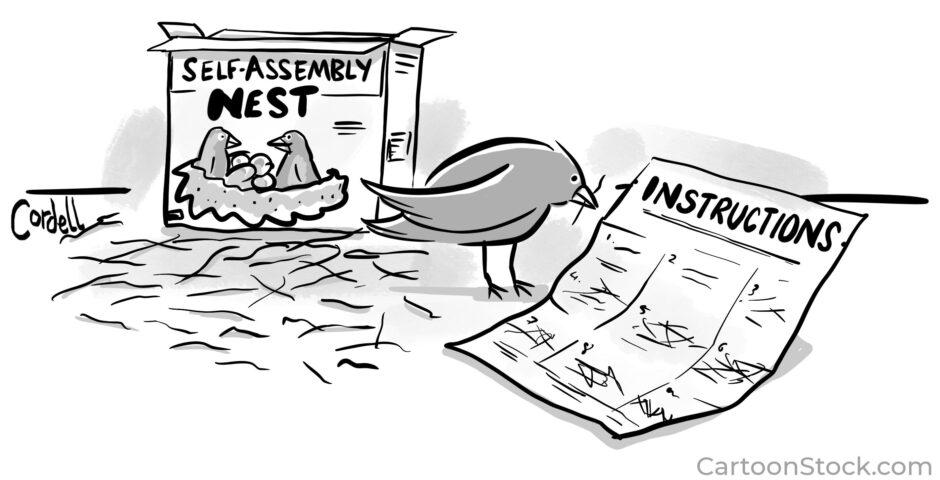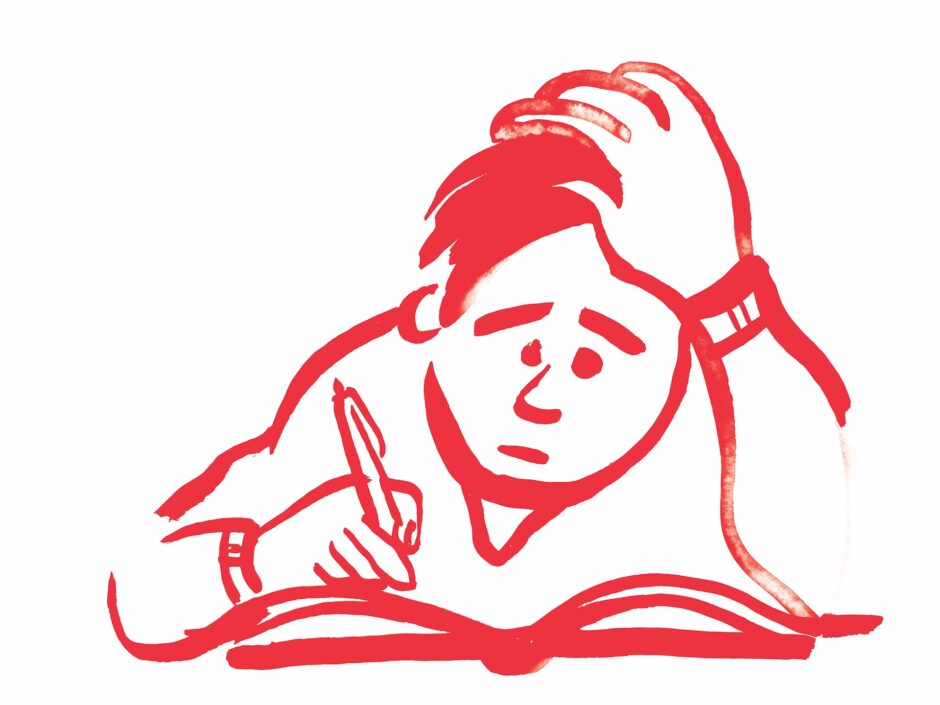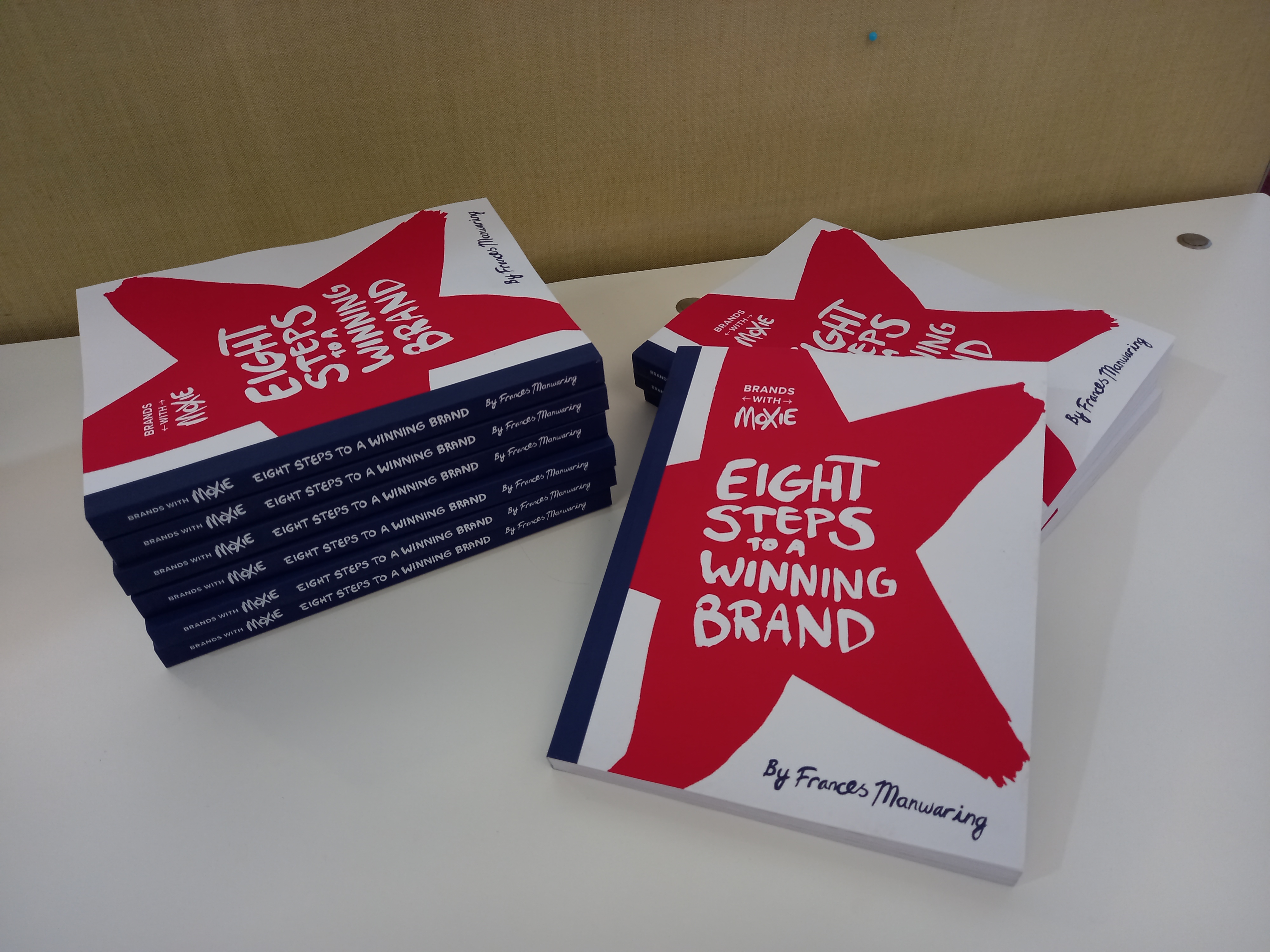It’s nearly two weeks into the New Year and should be a time of possibilities. But I hear a lot of pessimism around me. “It’s going to be a horrible year”, “The economy’s cratering”, “We’re going to hell in a handbasket”, and “Why can’t we agree on anything?” are some of the laments that capture the zeitgeist of our times.
Writing that made me think of John Laurie as the ineffably dour Scot, Private Wilson in Dad’s Army, “We’re doomed!”.
I don’t exactly disagree with the zeitgeist. Or, at least, the we are doomed part of it. I had an uplifting, positively cheery conversation just before Christmas with another bright-eyed Tigger-type friend, and we agreed that it’s time to talk ourselves down from our collective perch of pessimism and back onto our “high-flying discs” (Abraham Hicks).
Pessimism on purpose
For sure, it’s a cold, complicated world out there. But it’s also a wonderful place if we see it that way. We don’t have to be Private Wilson. After all, it’s a new year. A blank canvas. I get that 1 January is just a number—a day like any other day. But symbolically, it’s so much more. It’s an opportunity to forgive ourselves for previous false starts and failures. A moment to take stock. To review, recharge and re-set. Not just to rinse and repeat.
In a previous blog, I wrote about the German idea of Zweckspressimus. Great word, don’t you think? It’s one of those complicated German compounds which translates as something like pessimism on purpose. In other words, the attitude of expecting the worst to feel relief when the worst doesn’t happen. This outlook is undoubtedly one way of coping in a very uncertain world, but it seems like the sort of vibe we should avoid, like the plague. Surely, we should be going hard out for the opposite — what can go right will go right?
Optimism is an inspiring fellow traveller
If we can talk ourselves into a black hole of negativity and pessimism, can’t we talk ourselves into a different place? We can push out positive energy and have great expectations and aspirations. If enough of us step away from the cliff face of doom and look up and out at what might be, in a good way, perhaps this world of ours wouldn’t look so grim.
My life is at a crossroads, and I’m not sure what will come at me in 2025. I’m a bit anxious, to be honest. Last year, I made significant changes to my business and the direction I see my life going as I move into the older adult space. I’ve stacked my odds as well as I can to keep all my various plates—work, life, health—spinning effectively.
Ralph Waldo Emerson said, “Finish every day and be done with it; you’ve done what you can”. I love this concept. I love it so much that I’m exploring it in a subsequent blog. But, at the start of a New Year, I’d take it a step further and say, finish every year and be done with it; you’ve done what you can.
“If nothing changes, nothing changes.” Courtenay C Stevens.
It’s so easy, and often comfortable, to predict the worst. To play the fashionable victim card. Depress ourselves with interminable doomscrolling. I do believe in the concept of self-fulfilling prophesies. If we think it will be so, then likely it will be. As a species, we’re awfully good at awfulising. What if we just turned the tables with the following wind of a New Year? I’m not debating that the world is a mess; we may be going to hell in that proverbial handbasket. But there’s not a whole heap I can do about that. I can find a whole heap that’s good in my little part of it. There’s still adventure, fulfilment, and joy to be had.
My life is at a crossroads, and I’m not sure what will come at me in 2025. I’m a bit anxious, to be honest. Last year, I made significant changes to my business and the direction I see my life going as I move into the “older adult” space. I’ve stacked my odds as well as I can to keep all my various plates—work, life, health—spinning effectively.
Finish every day and be done with it; you’ve done what you can.
Ralph Waldo Emerson
I have long tried to apply Emerson’s elegant psychology about accepting one’s limitations. We are so often driven by our to do lists that we don’t feel satisfied if we don’t complete them, even if there are good reasons why not. I love this concept so much that I’m exploring it in a subsequent blog. But, at the start of a New Year, I’d take it a step further and say, finish every year and be done with it; you’ve done what you can.
Ringing in 2025 with eyes wide open
Bascially, we can’t control some things, but we can control how we think and respond to the life’s shifting sands. Theoretically, it’s no harder to hope for the best than the worst. It’s just a different choice. Of course, that’s easy to say—stepping away from the hive mind of doom is often challenging. Putting my money where my mouth is, I’ve started my new year with a plan to expand on all the groundwork I did last year for my life and business, including travel plans I’ve postponed several times. So, I am ringing this New Year with excitement and the belief that whatever comes will bring adventure and growth. I wish you the same for your 2025.
Want some inspiration for 2025, why not buy my book.
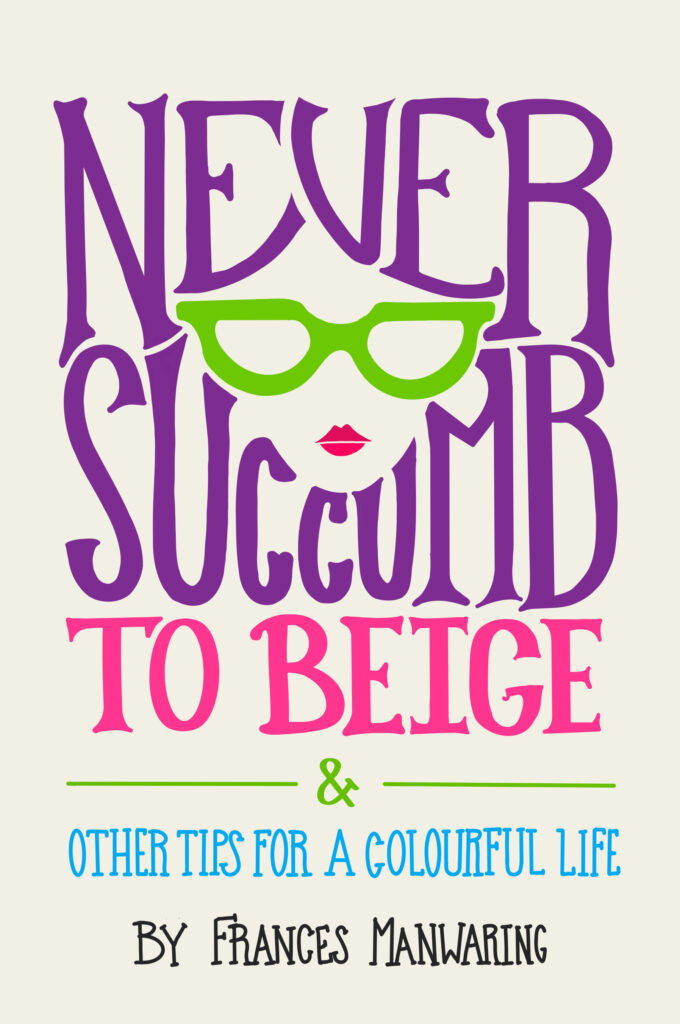
In extended essays drawn from my not uncolourful life, and traversing the joys of schadenfreude, strategic gift-buying, the value of teeth, and lessons to be learnt from the Rime of the Ancient Mariner, I explore ground rules and tactics for avoiding the beige and staying highly visible. Along the way I share some takeouts and philosophies, with reference and deference to legends like George Eliot, Cleopatra, and Coco Chanel.
“Self-deprecating and revealing, perceptive and funny, Frances Manwaring’s writing, like the non-beige approach to life itself, will lead you to unexpected and exotic destinations. A delightful and entertaining read about blazing a colourful trail through life.”
Karen McMillin, Director, New Zealand Book Lovers

